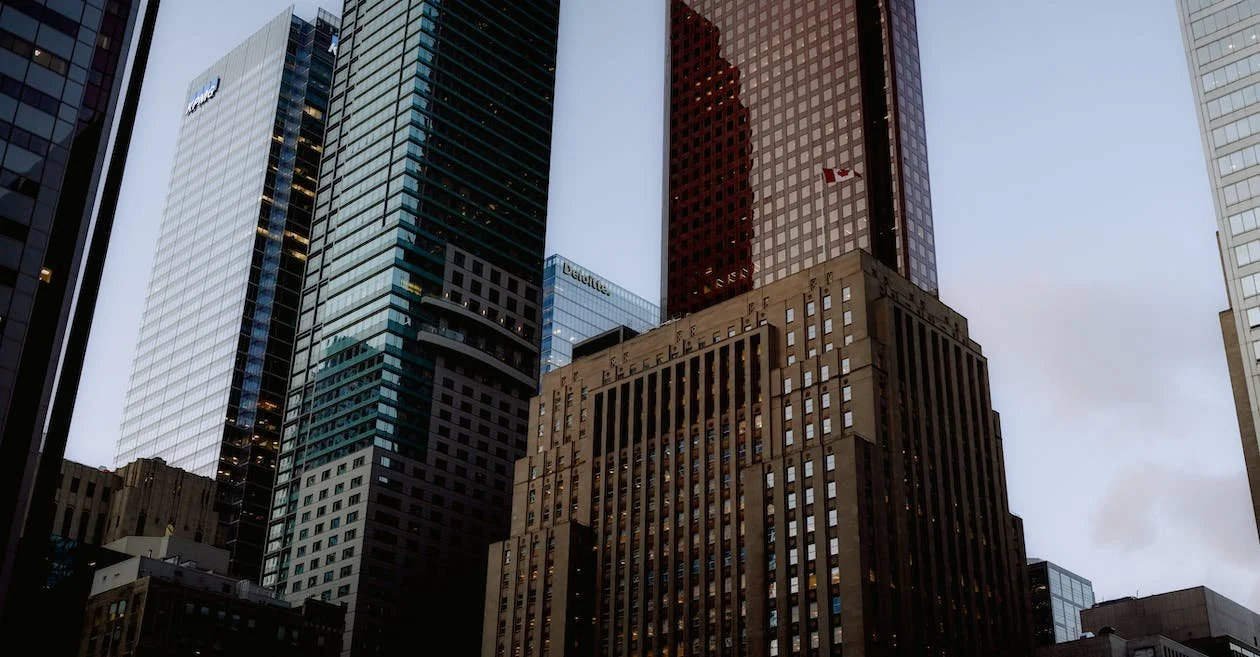Higher interest rates putting brakes on commercial real estate
Much has been written – and continues to be written – about the housing industry’s woes, what with inflation, rising rates, affordability erosion, anemic housing stock and other factors. Less attention has been placed, however, on how the commercial real estate market is faring under such an economic climate.
Enter Joseph Rubin, who spoke to Mortgage Professional America about CRE’s own travails. Rubin, senior advisor at the real estate practice of EisnerAmper – one of the nation’s largest accounting, tax and business advisory firms – engaged in a wide-ranging discussion with MPA about the state of CRE during a recent telephone interview.
He began with an assessment of how the increase in the Fed Funds rate will put further upward pressure on lending rates. The higher cost of capital is stalling new deals across all property types, he said, further slowing transaction volumes.
“As the Fed reduces its balance sheet, it may have more of an impact on longer term rates,” Rubin said. “It’s very uncertain what’s happening in the interest rates environment because rates are going up but then they started going down because of recession fears. So there’s a lot of dynamics; it’s very complex. But I think what’s clear is that the real estate industry will be operating at a higher cost cap environment.”
Such stark realities come after 15 years or so when the sector enjoyed artificially low rates amid fiscal and monetary accommodation. For the foreseeable future, he suggested, those halcyon days are in the past.
“Interest rates is the toughest thing for real estate because when interest rates go up, it impacts existing deals, and it impacts new investments,” he said. “A lot of people have said ‘gee, are you concerned about recession?’ I say: ‘Yeah, I’m concerned about recession to a certain extent, but I’m far more concerned about rising interest rates because the cost of capital going up erodes the margins in any operating property, and it erodes new deals – the yields of new deals’.”
He provided a hypothetical example: “If you have an existing deal where you were going to buy a property and try to fix it up and then sell it in some numbers of years – what’s the exit price of that new deal going to be? It probably changed from when you underwrote it, or sometimes it’s very common for an investment group to buy a property, fix it up and then refinance the mortgage – and take some of that money out of that deal – and now the cost of that mortgage is twice as much as it was when they did their initial modeling. These things clearly impact yields, and it makes it more difficult for capital to get comfortable with real estate deals and to be invested. At the end of the day, we hope there won’t be a liquidity issue, but there’s potential for less liquidity in the real estate market.”
But wait, there’s more: “The other big impact, of course, is as interest rates go up and required yields go up as a result, it puts upward pressure on cap rates – capitalization rates – and once that happens then the necessary fallout of that is lower values of the properties themselves. Interest rates impacts thing across the board.”
His examples are not in the abstract, as the sector already has felt the impact of rising rates: “We are seeing the effect because there’s definitely a slowdown - because we’re in a period of great uncertainty, the lenders are pulling back because they’re not sure what’s going to happen,” Rubin said. “The lenders are tightening their underwriting because they’re focused on the debt coverage that they have – whether the properties’ cash flows will be able to support debt with a higher interest rate – and they’re not so sure what the exit is when the property is ultimately sold, and they’re concerned about the repayment of the debt, the maturity or whether the property is sold. Lenders are cautious, appropriately so, and the equity is appropriately cautious. So that means everything has slowed down, and I’ve seen deals put on hold or cratered altogether because of this. So, it’s definitely already having an impact.”
Warren Buffet once posited that “Interest rates are to asset prices what gravity is to the apple. When there are low interest rates, there is very low gravitational pull on asset prices.” Clearly, the gravitational pull is being acutely felt in EisnerAmper’s headquarters in New York City – the Big Apple if you will – with no stem in sight.

